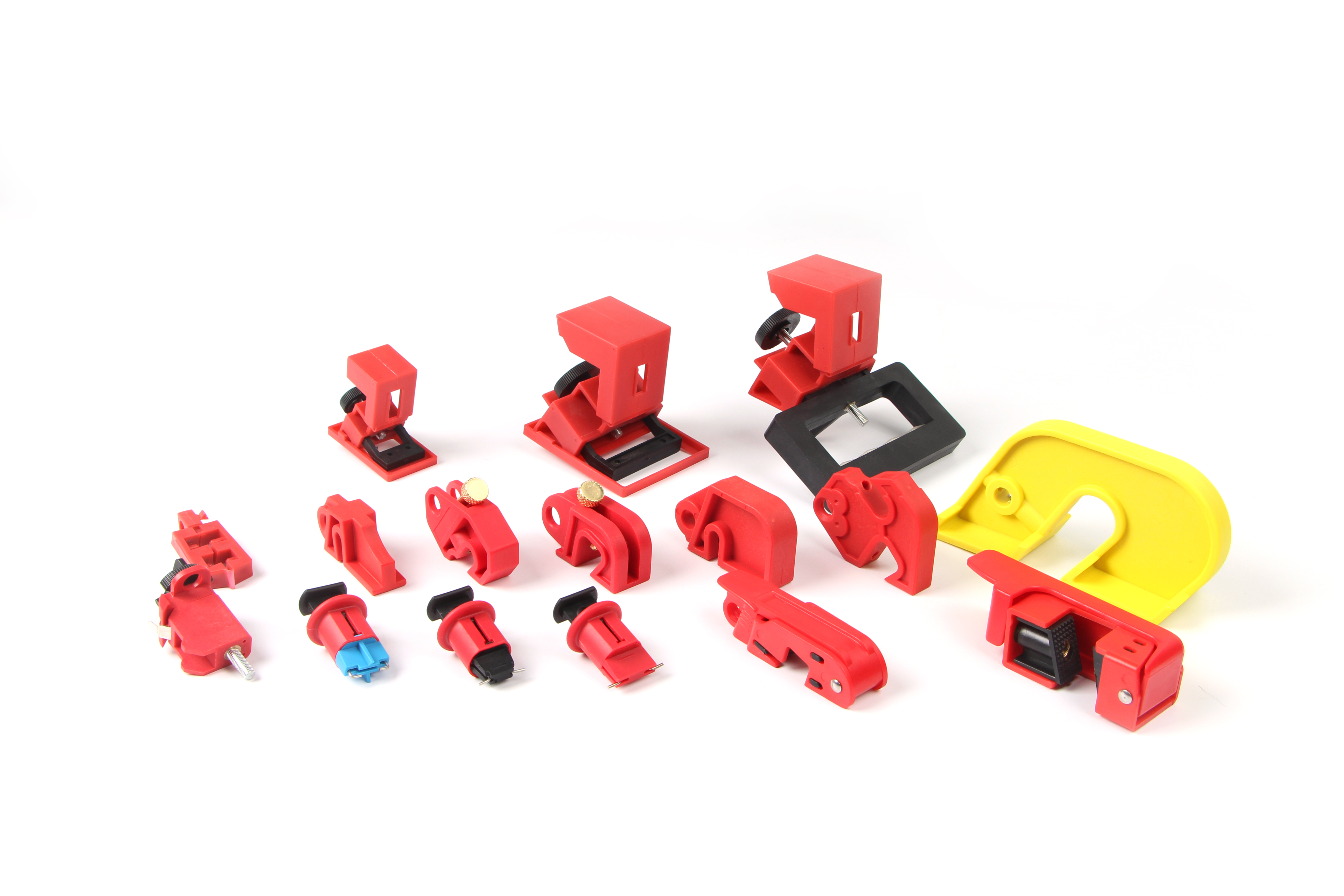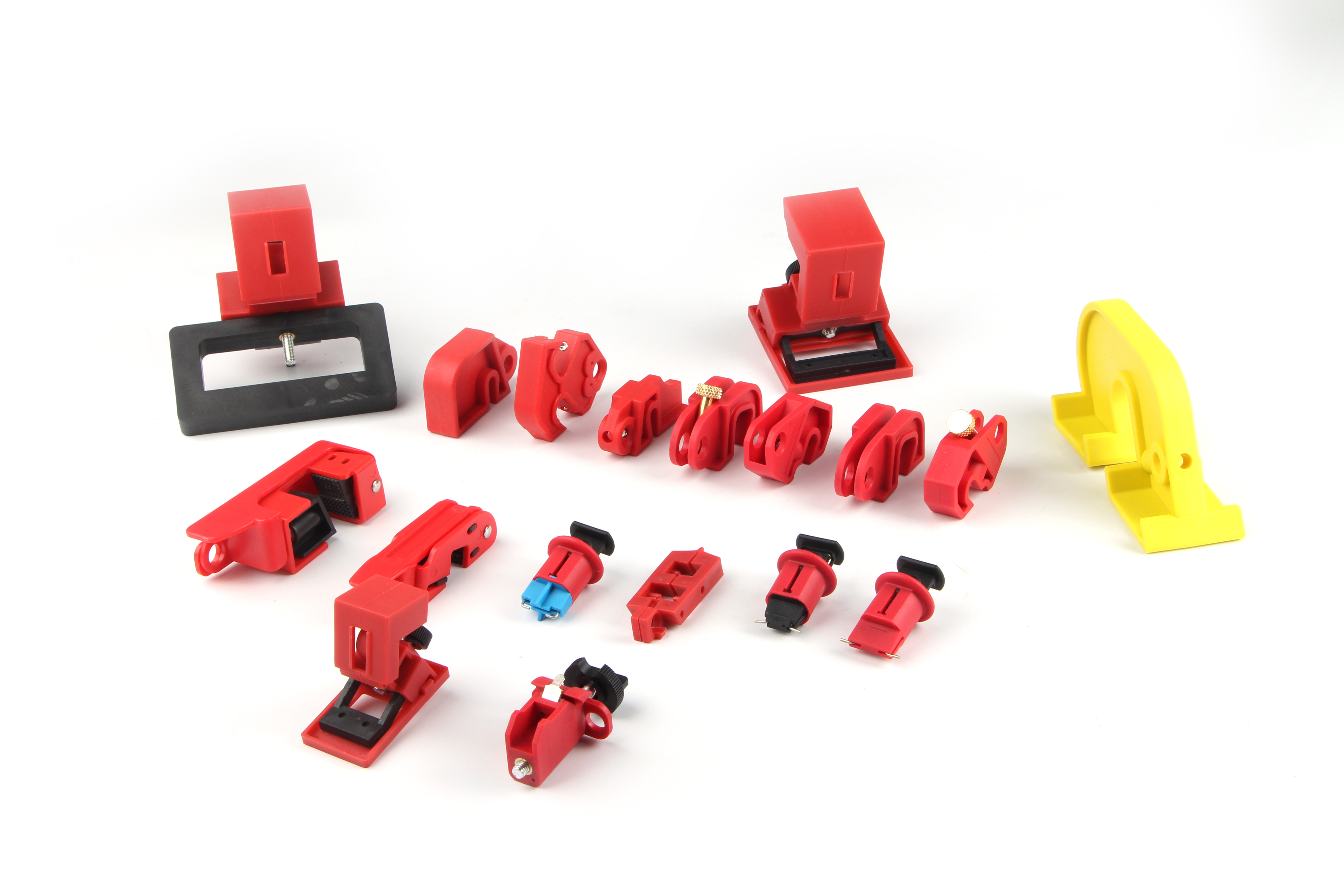Chongqing Institute of Wastewater Treatment Microbial Extracellular Polymers Research Series
Recently, the Chongqing Institute of Green Intelligent Technology of the Chinese Academy of Sciences has made series of progresses in the analysis of extracellular polymer components of wastewater treatment microorganisms and the study of surface characteristics. The series of research results provide a theoretical basis for understanding the origin and main functions of EPS in different aggregates; understanding the adsorption behavior of EPS on different surfaces; and selecting suitable fillers and regulating the operating conditions of the reactor to promote microbial adhesion and biofilm formation Provides important support. In the sewage biological treatment system, there are many kinds of microorganisms, and the composition of EPS is also very complicated. In particular, there are many kinds of proteins and their contents are different. To identify extracellular proteins and polysaccharides of different types of microorganisms, the team collected anaerobic, anoxic, and aerobic tank sludge from municipal wastewater plants, and biofilm and suspended sludge from sequencing batch biofilm reactors (SBBR). The differences in the composition of extracellular proteins and polysaccharides under different dissolved oxygen conditions and different microbial aggregation patterns were studied. The results show that the structural differences between anaerobic sludge and aerobic sludge may be related to catalytically active proteins; The study of two aggregates of membranes and suspended sludge showed that suspended sludge has a more loose structure, the extracellular proteins and monosaccharides of the two aggregates are all different, and denitrification mainly occurs in suspended sludge. The results of the study illustrate that The structural differences between the two aggregates. In order to study the flocculation and aggregation of EPS in different microbial aggregates, the researchers extracted the EPS of the biofilm on the two fillers in the same SBBR, and the EPS of the biofilm and suspended sludge, using an ultraviolet-visible spectrophotometer, infrared Spectroscopy, Raman spectroscopy, three-dimensional fluorescence spectroscopy, and Zeta potential spectroscopy were used to characterize the spectral characteristics, surface electrical and flocculating activities of dissolved EPS, loosely bound EPS, and tightly bound EPS, and to study the effects of EPS on microorganisms. Aggregate surface physicochemical properties and contribution to microbial aggregation. As a result, it was found that different EPS components have different flocculating activities, and the filler may potentially affect the composition and characteristics of EPS. The flocculating activity of suspended sludge EPS is higher than that of biofilm. The aggregation potential of suspended sludge depends on EPS, and the biofilm accumulation potential depends on the cells themselves. The initial adhesion of microorganisms to the surface is the first step in the biofilm formation process. Obviously, this process is affected by the solution chemistry and the nature of the microbial cells and the carrier surface, and EPS adhesion at the cell surface changes the surface properties of the cells. To study the adhesion/adsorption behavior of microorganisms and EPS on different surfaces, the team used different terminal functional groups -CH3 (neutral hydrophobic), -NH2 (positively hydrophilic), -OH (neutral hydrophilic), -COOH ( The thiol molecules, which are negatively charged and hydrophilic, form self-assembled monolayers on the gold surface to simulate different organic surfaces. The simulation results are verified using X-ray photoelectron spectroscopy and contact angle meters. The results showed that the hydrophobic surface contributes to cell and EPS adhesion, and the neutral hydrophilic surface contributes to the surface anti-biofouling. The adsorption of EPS on different surfaces depends on the solution chemistry. Under the same solution conditions, the hydrophobic surface is the most favorable for EPS adsorption. Relevant results have been published in Bioresource Technology, 2015, 190:21-28, Scientific Report, 2015, 5:1-11, Chemical Engineering Journal, 2015, 279:516-521, Water Research, 2014, 57:31-39 Chemosphere, 2014, 117:59-65, Chemosphere, 2013, 92:633-638, Applied Biochemistry and Biotechnology, 2013, 169:526-538. These durable user friendly MCB Lockoff Devices may be used to keep workers safe in many environments. They are available in many different varieties to suit your needs.
Circuit Breakers are an ideal way to centralise an isolation point on an electrical circuit, as well as providing an alternative where masses of fuses may be required. However, if you are using them to isolate a piece of equipment, they can still be reactivated by anyone who may be nearby. To this end, these Mini Circuit Breaker Lockouts provide the solution; they prevent reactivation of any circuit breaker (accidental or otherwise) and reduce the risk of electrocution while maintenance is being performed.
Circuit Breaker Lockout,Lockout Breaker,Universal Breaker Lock,Lockout Circuit Breaker Lockey Safety Products Co., Ltd. , https://www.lotolockey.com

